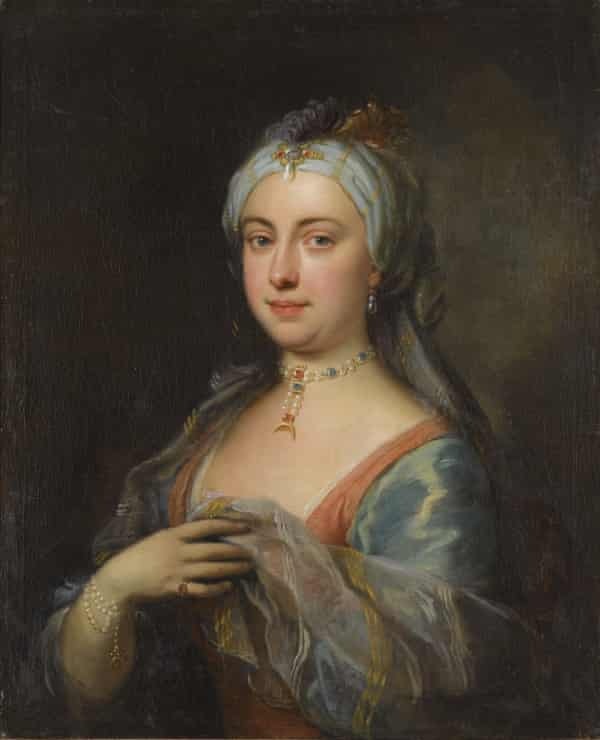... Wortley Montagu had learned about the practice of inoculation in Turkey, where her husband had worked as the British ambassador. “When she got there, she went to Turkish baths and saw women without any smallpox marks on their skin. That was a wake-up call.
”In 18th-century Turkey, inoculation was a common “folk practice”, typically carried out by “illiterate old Greek and Armenian women”, Willett said. “She asked them about it and analysed it, and decided it was worth the risk.
”She managed to successfully inoculate her son while she was there, but her daughter was too young. The family then returned to England, where Wortley Montagu’s enthusiasm for inoculation was met with suspicion and strong resistance from the medical establishment. “When Lady Mary first came back, she didn’t dare do anything [to her daughter]. But there was such a severe outbreak in 1721, she thought she had to take action.
”She then invited highly respected physicians and “ladies of distinction” round to witness young Mary’s speedy recovery from the infection. One of the physicians who visited was so convinced, he decided to inoculate his own son, which also went well. Young Mary soon became famous. “News reached Princess Caroline, who was the Princess of Wales at the time. She took up the cause and eventually the royal children were inoculated. Word spread that it was a good thing to do.
”However, not everyone was convinced. “The Whigs were pro-inoculation but the Tory party was really against it – a lot of Tories wrote about how it was interfering with nature and it was dangerous. It became very politicised.” ...
... When Edward Jenner invented the smallpox vaccine in 1796, by taking fluid from a cowpox vaccine and scratching it on to the skin of a young boy, he was building on Wortley Montagu’s discovery, Willett said. “She brought a cure to the west. And that cure was developed into what we now think of as vaccination.” ...
Reposted from

